Complete guide to spider plant care
The spider plant never goes out of style and is a long-standing classic in the world of houseplants.
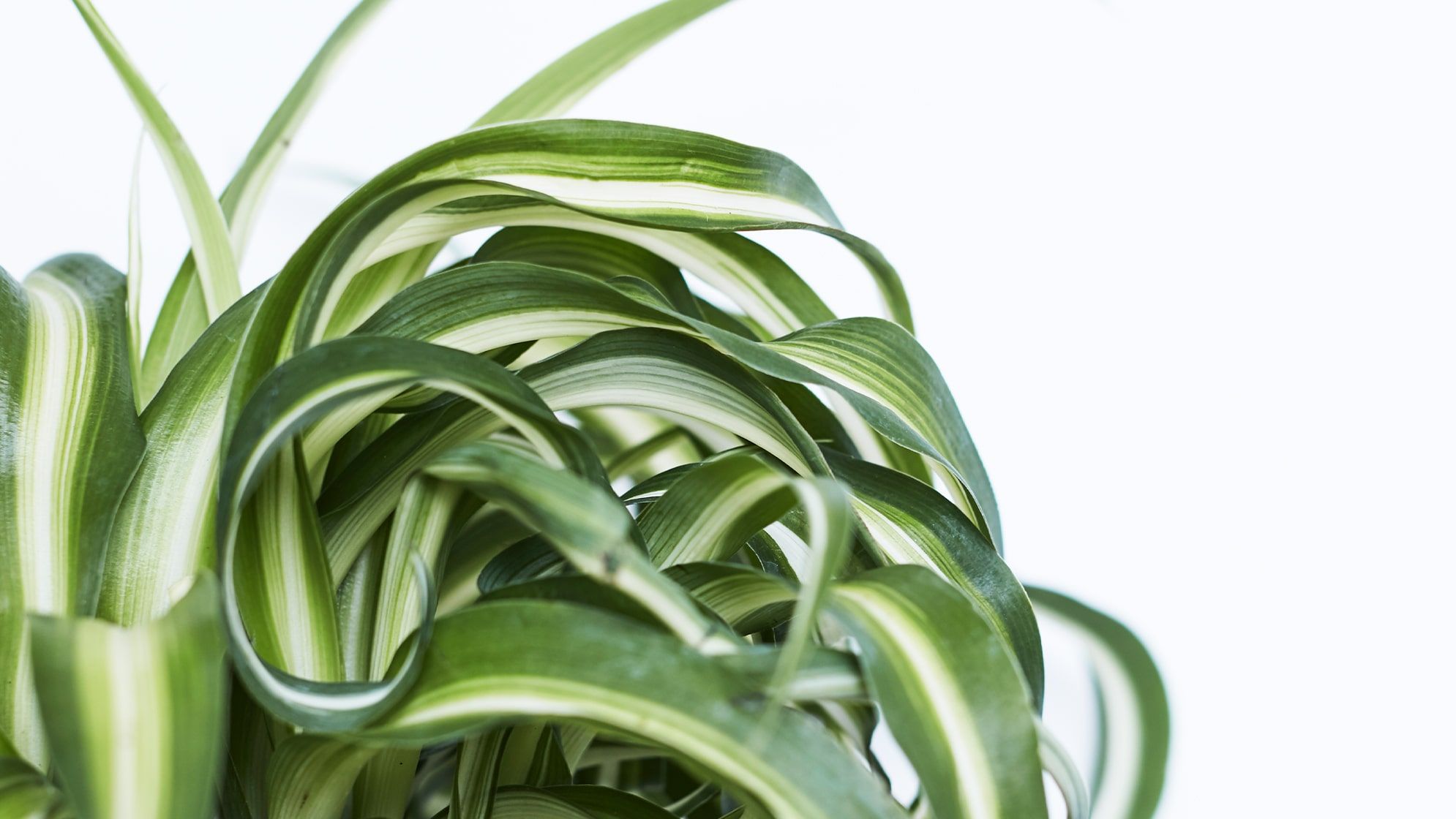
If you’re looking for a fast growing yet compact indoor plant that almost thrives on neglect, a spider plant is a great option. Spider plant care is fuss-free and can fit into the busiest (or most forgetful) of lifestyles.
Keep your spider plant happy by:
- Only watering when the top two inches of soil feel dry
- Avoiding direct sunlight - medium light is best
- Giving a little boost of fertiliser during warmer months
- Not overthinking it. Spider plants don’t need much TLC to thrive
About spider plants
We call ours Chris the spider plant, but he’s actually a chlorophytum comosum. Common nicknames include spider ivy, ribbon plant, airplane plant and ‘hen and chickens’.
Spider plants have long, narrow leaves that often cascade over the edge of the pot. The leaves are a vibrant, solid green, or feature variegation like yellow or white streaks. While spider plants can grow quite large in the wild, you can expect yours to grow to up to 50cm as a houseplant, but this will depend on how much light it’s getting and the size of the pot.
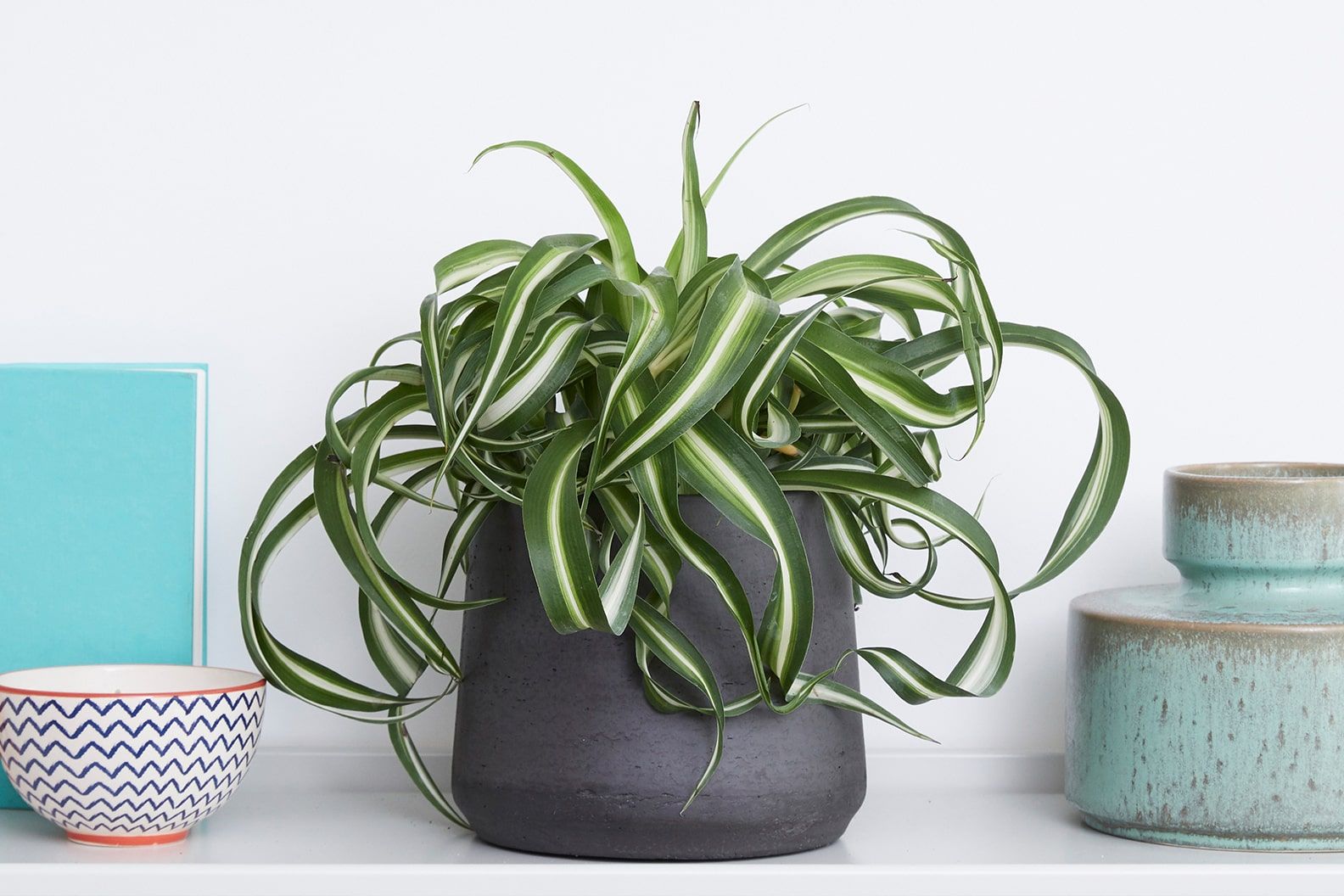
Why spider plants are so easy to care for?
There’s a reason spider plants have always been popular. This attractive houseplant is super low maintenance.
They don’t need much water at all and there’s no pruning or fertilising needed to help your spider plant thrive – they’re just optional extras.
Spider plants are also non-toxic so if you have pets or little people in the house, you have nothing to worry about.
Propagate your spider plant
You know your spider plant is thriving when new long, viney stems emerge from the centre of the plant for baby plants (or spidettes) to grow on.
Spider plant babies are so easy to grow; you just need to cut the spidettes off from the stem and pot them in damp compost.
Have a look under the leaves before you start snipping as you’ll notice brown nodules forming. These will be the roots for your new plant so include a couple when you separate the baby plant. Learn more about propagation here.
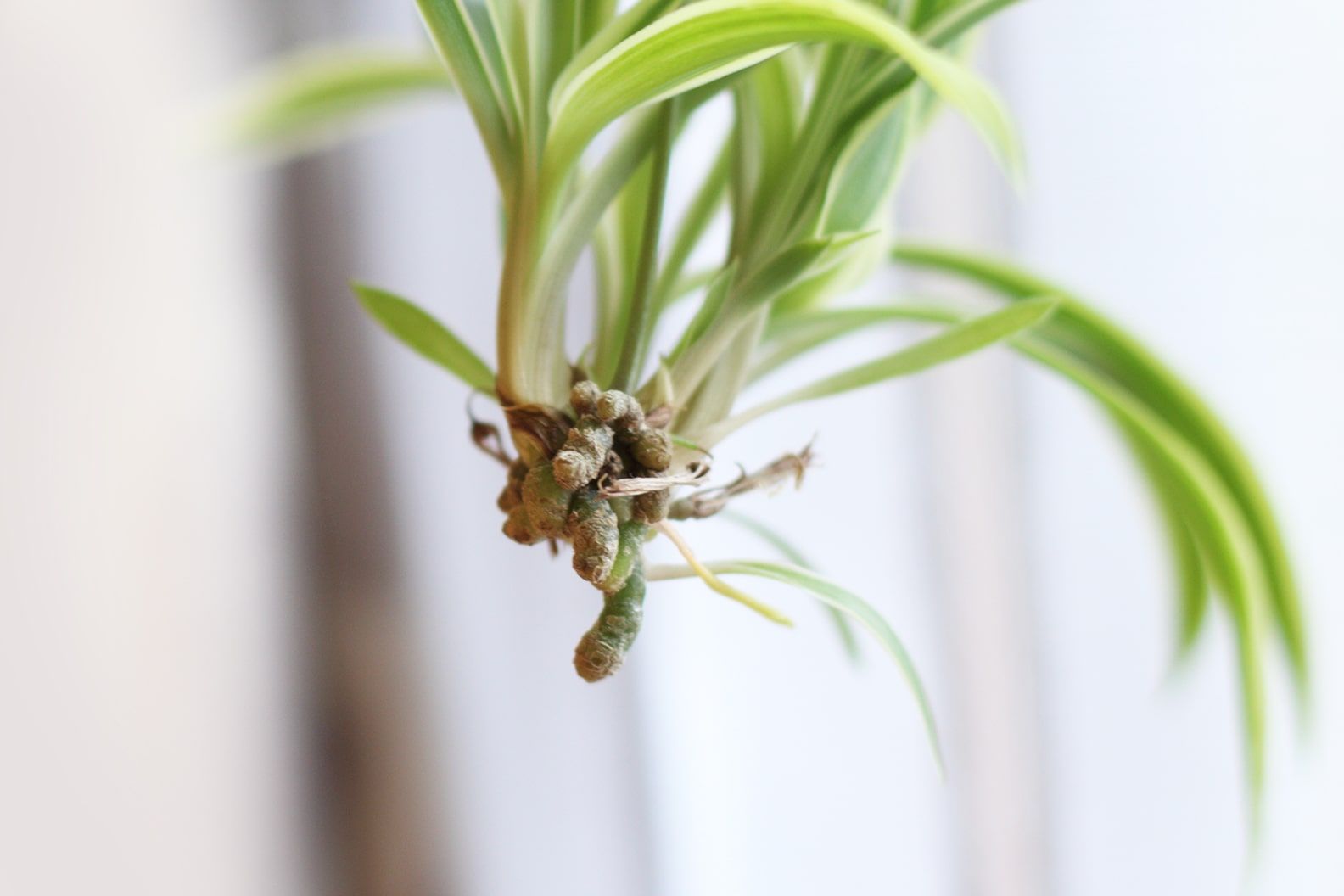
How often should I water my spider plant?
A light drink every week or so is all your spider plant needs, watering less frequently in autumn and winter. You’re just looking to dampen the compost. A good way to check if it needs watering is to dip your finger into the soil, up to the second knuckle. If your finger comes out clean and dry, it’s time to water your plant.
How much light does my spider plant need?
Spider plants will put up with most light conditions, but will flourish in brighter spots in your home. Keep your spider plant away from harsh, direct sunlight; he’ll enjoy being on a desk or hanging from a shelf.
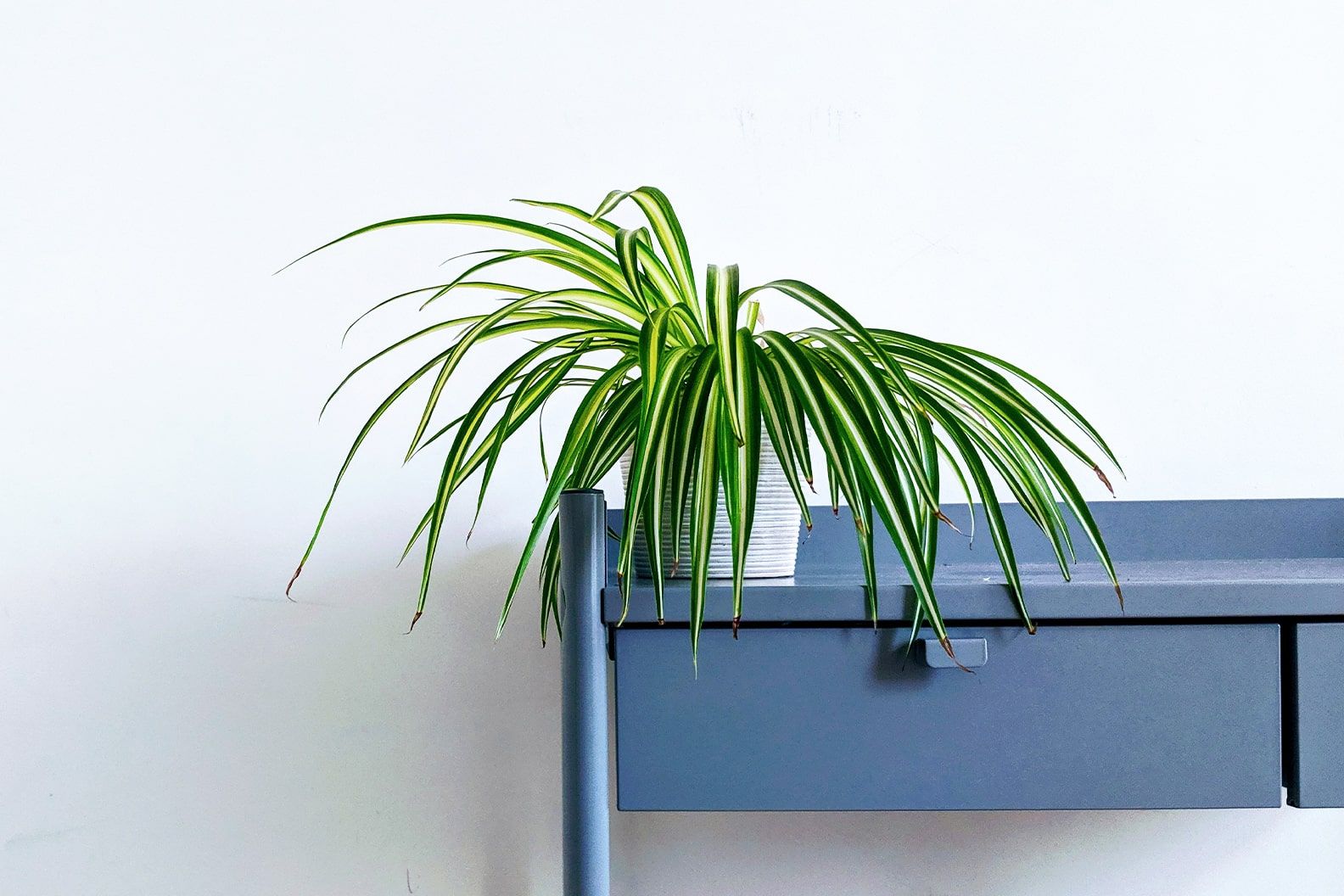
What’s the best temperature for my spider plant?
As long as you ensure they’re not copping the full heat of the midday sun or left out in frosty conditions, your spider plant will tolerate almost any temperature.
Does my spider plant need any extra love?
Snip off any brown tips, give it a light mist every now and then and wipe dust off the leaves, but looking after your spider plant doesn’t need to be too fancy. If you want to give your spider plant a boost, feed it some liquid fertiliser once a month during warmer seasons.
In this article
Rewild your inbox
Plant tips. Special offers. No spam.
You might like
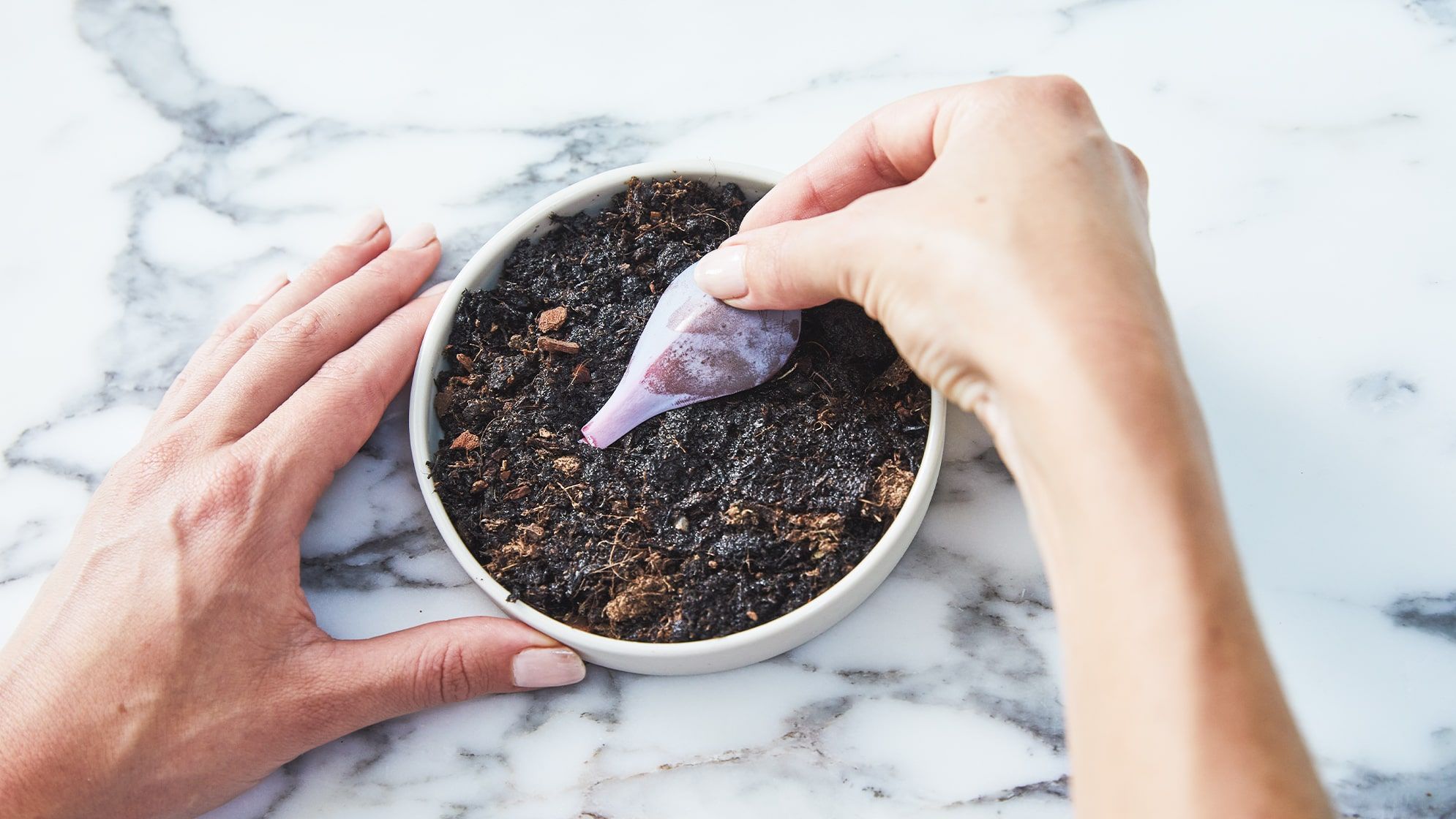
How to propagate houseplants
Making new plants is simple and fun
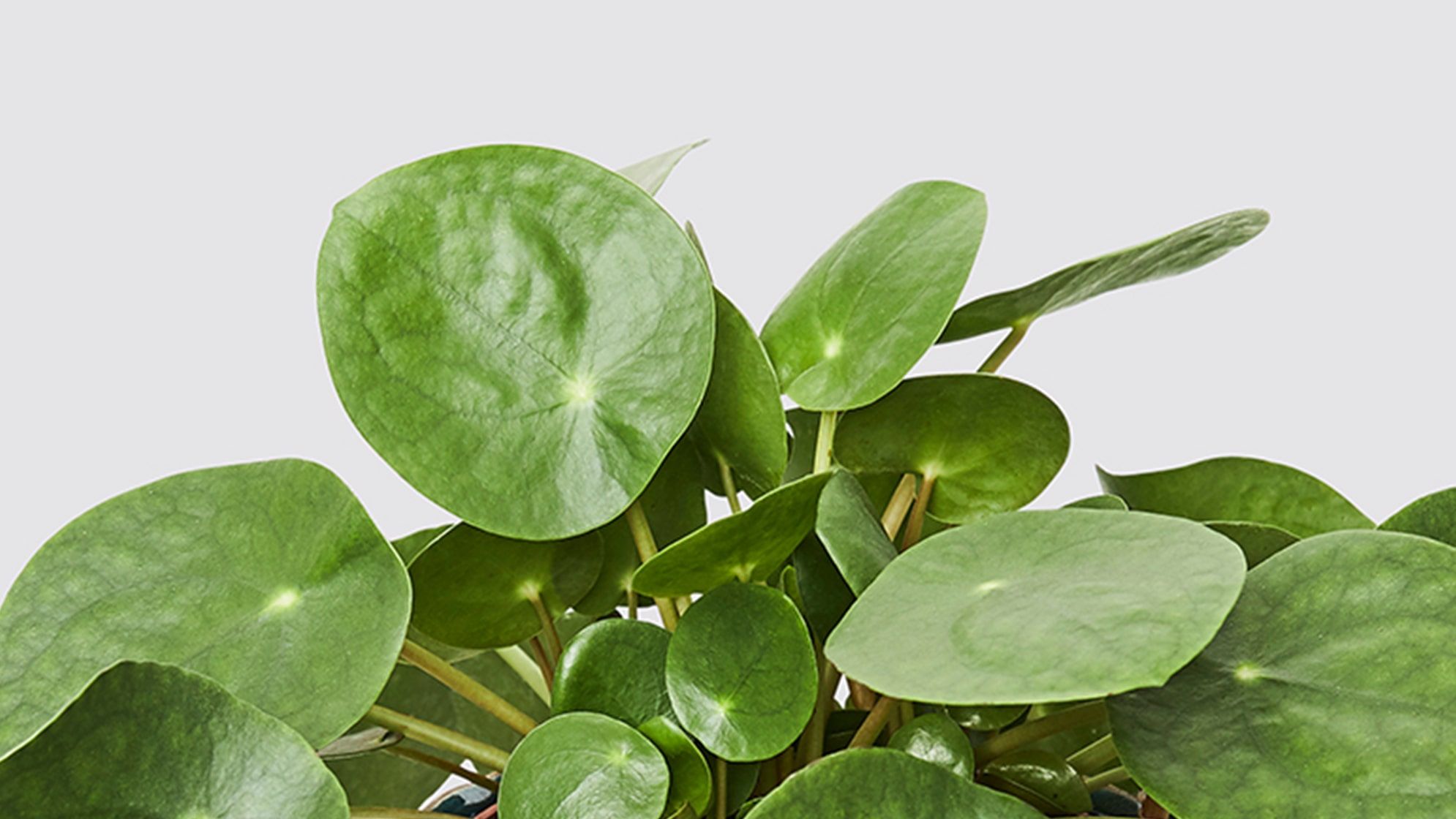
Complete guide to Chinese money plant care
The Chinese money plant is the perfect companion for even the busiest of schedules.
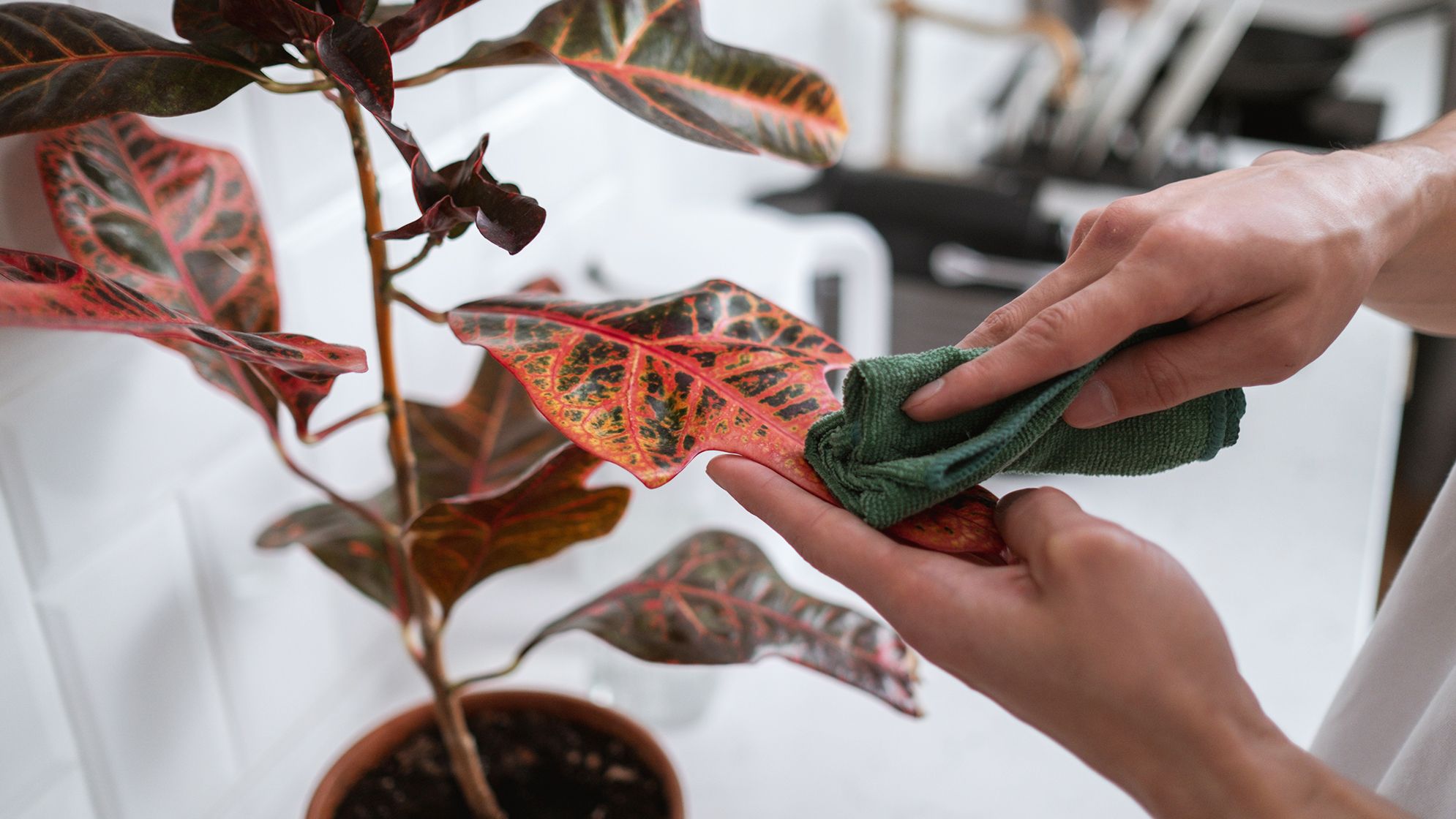
How plants help us process trauma
Sue Stuart-Smith explains how nature heals







